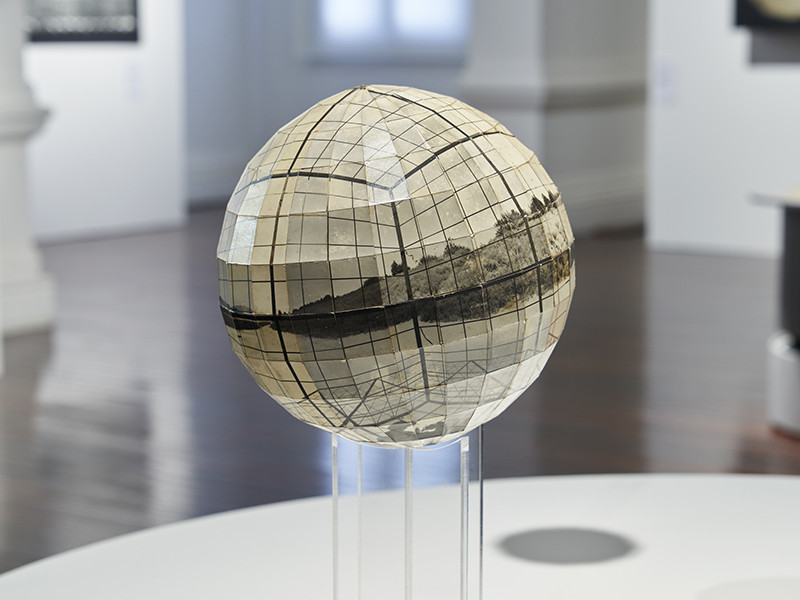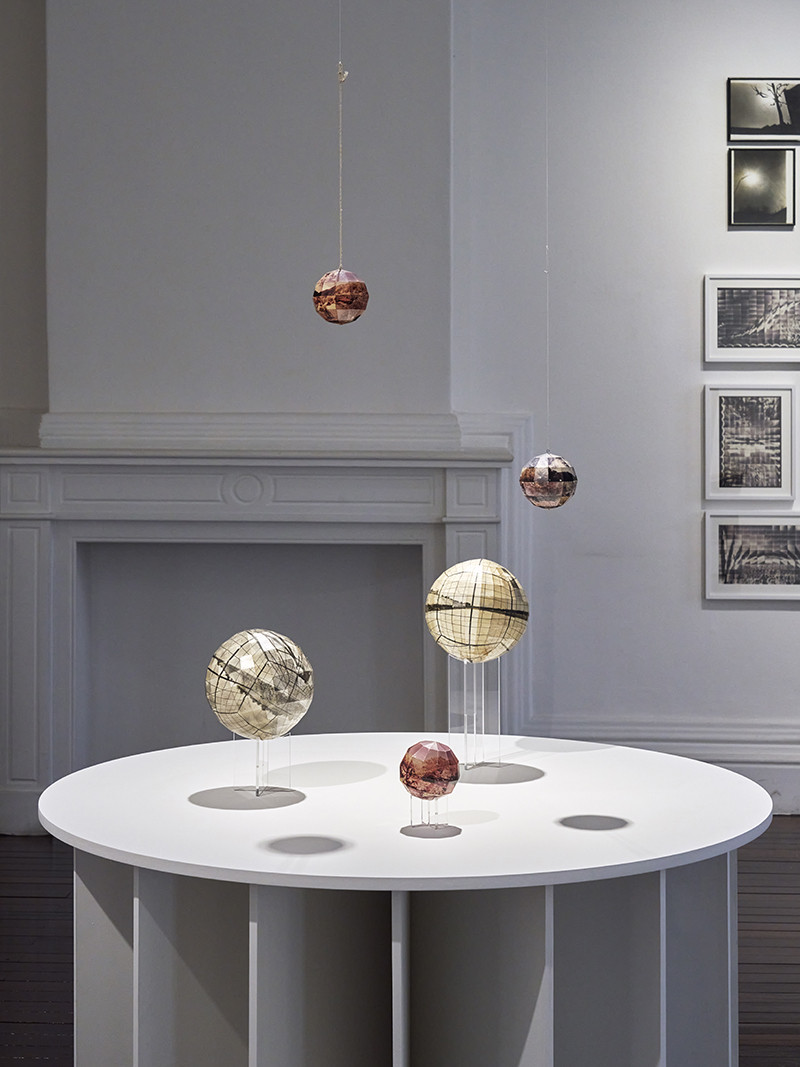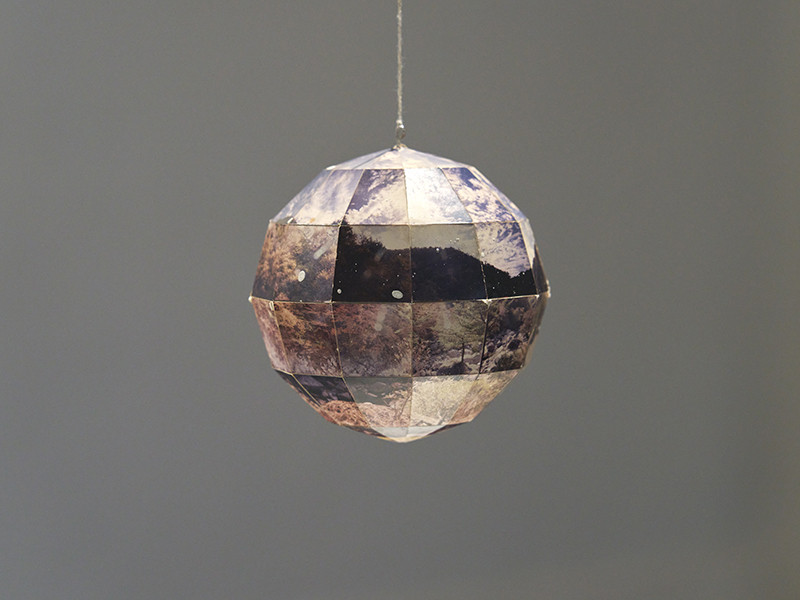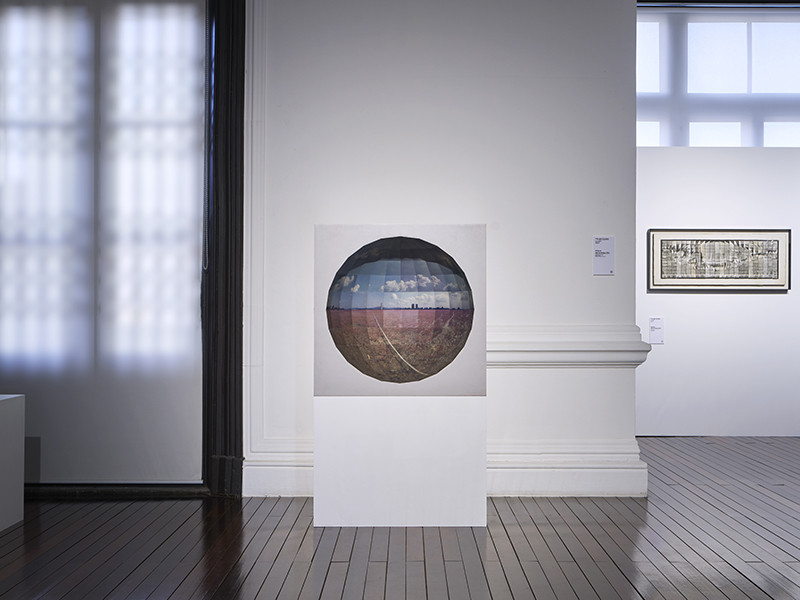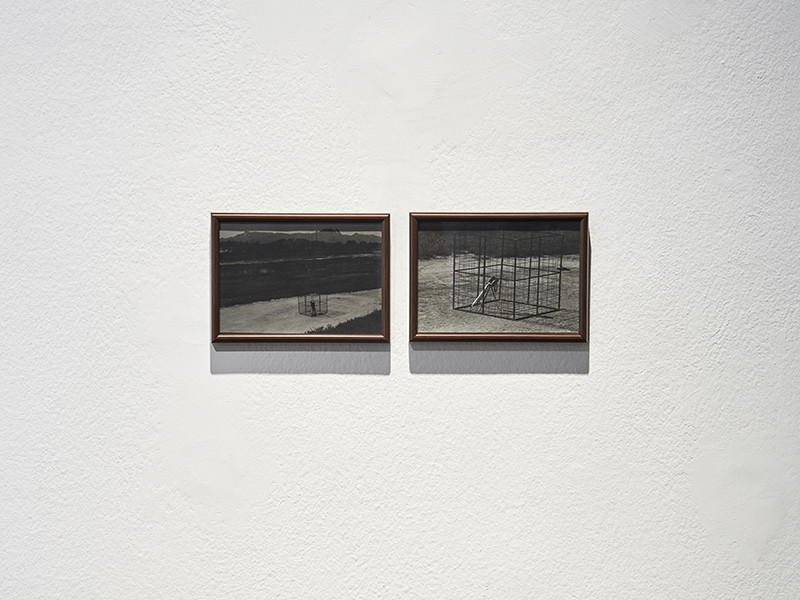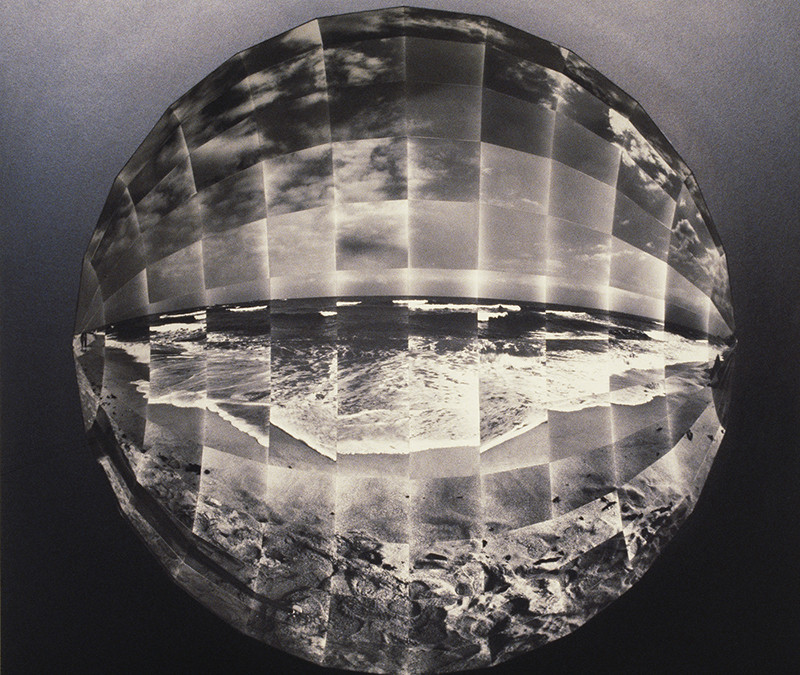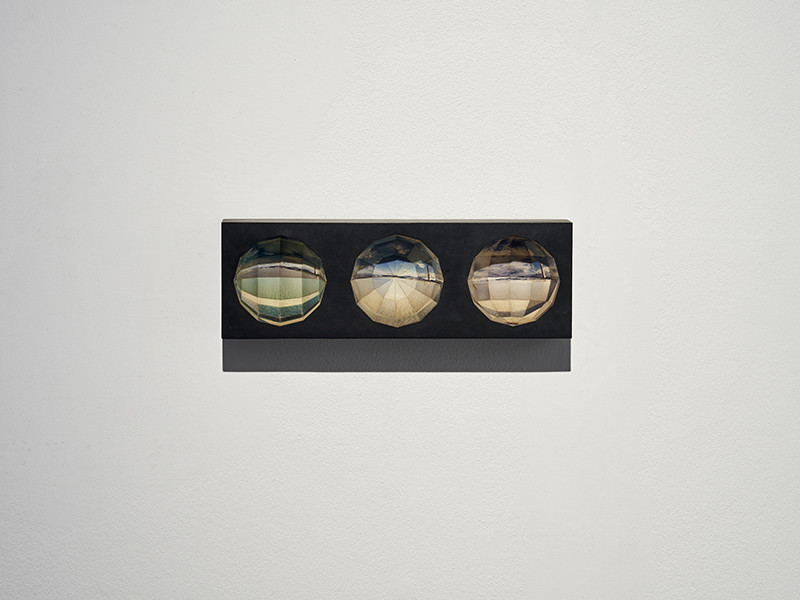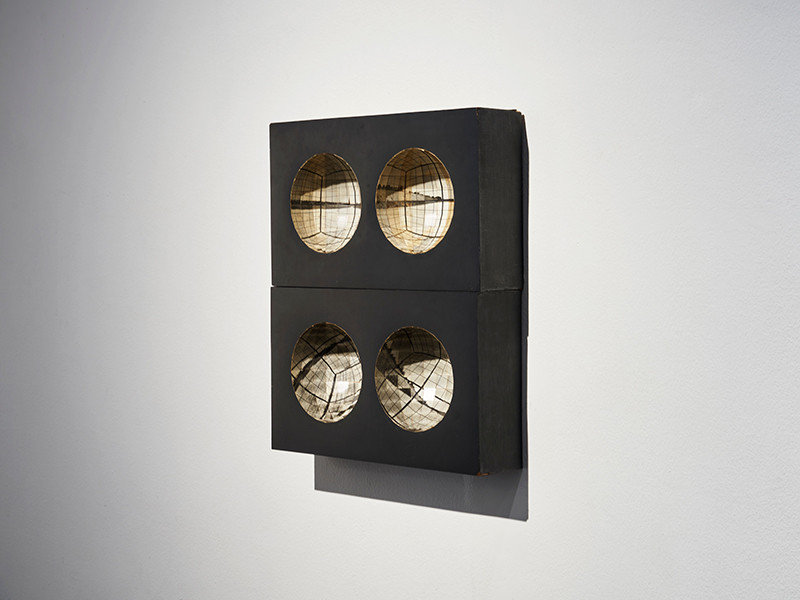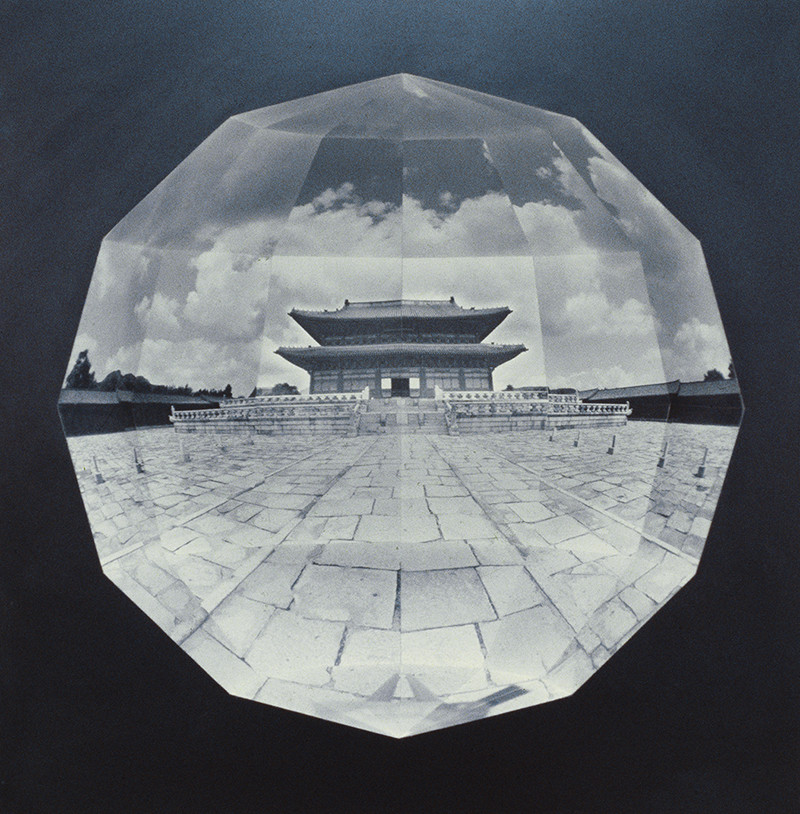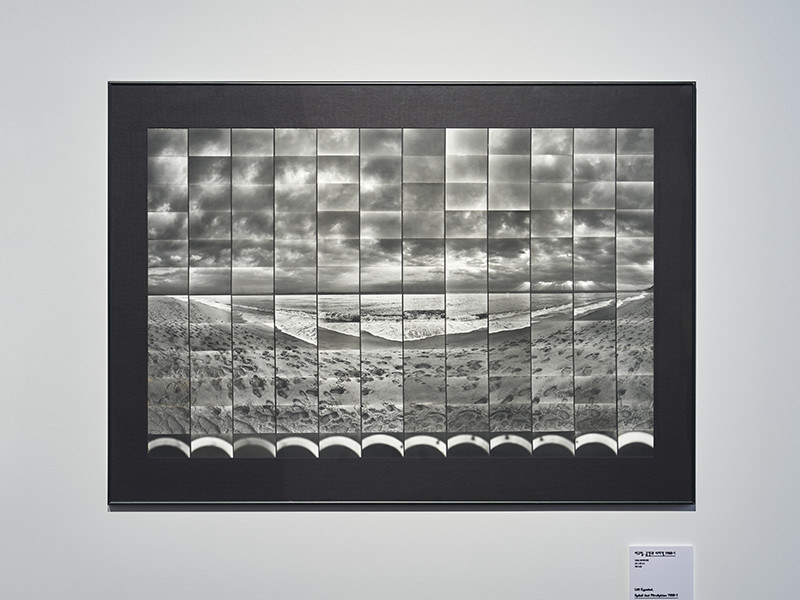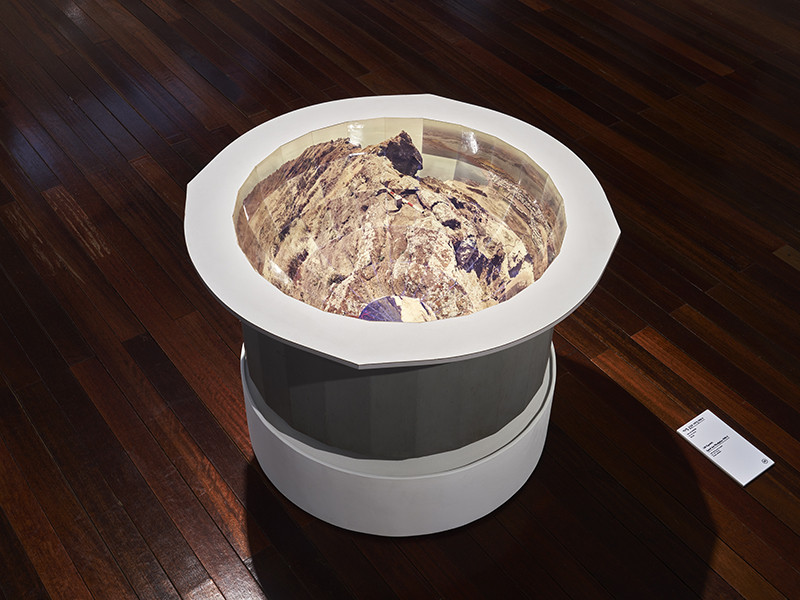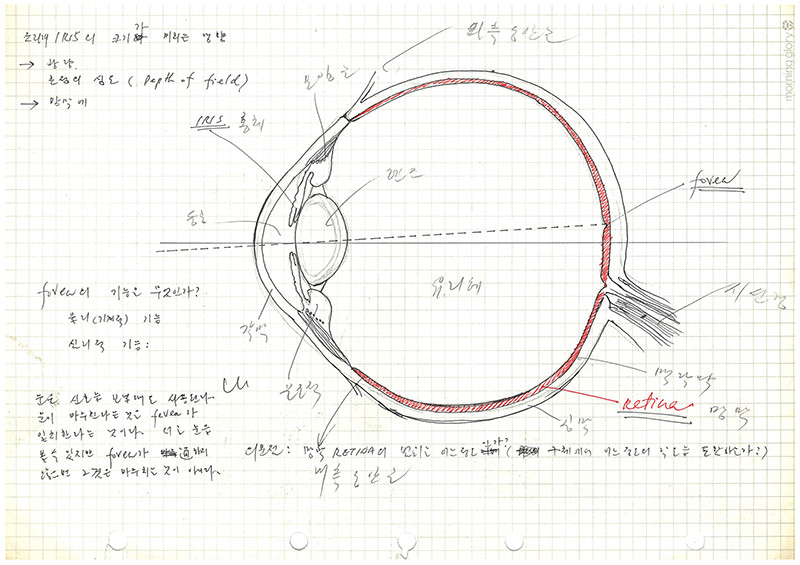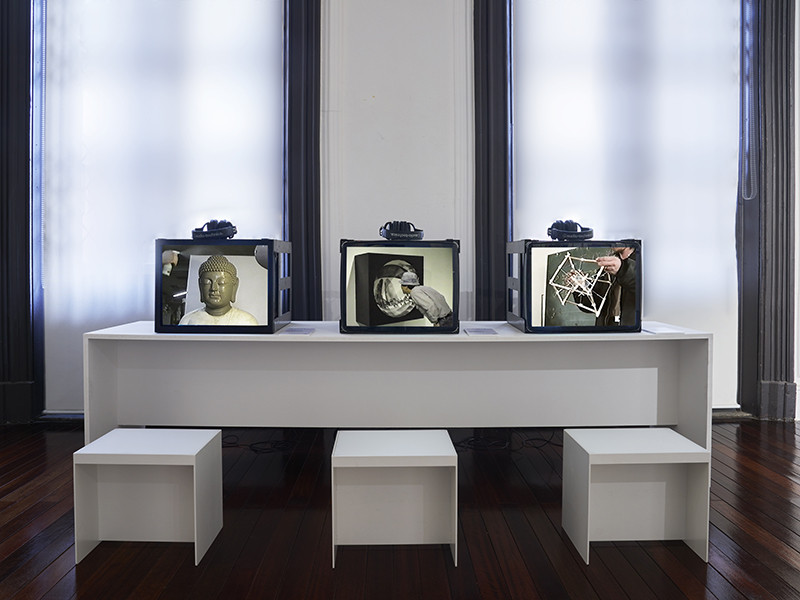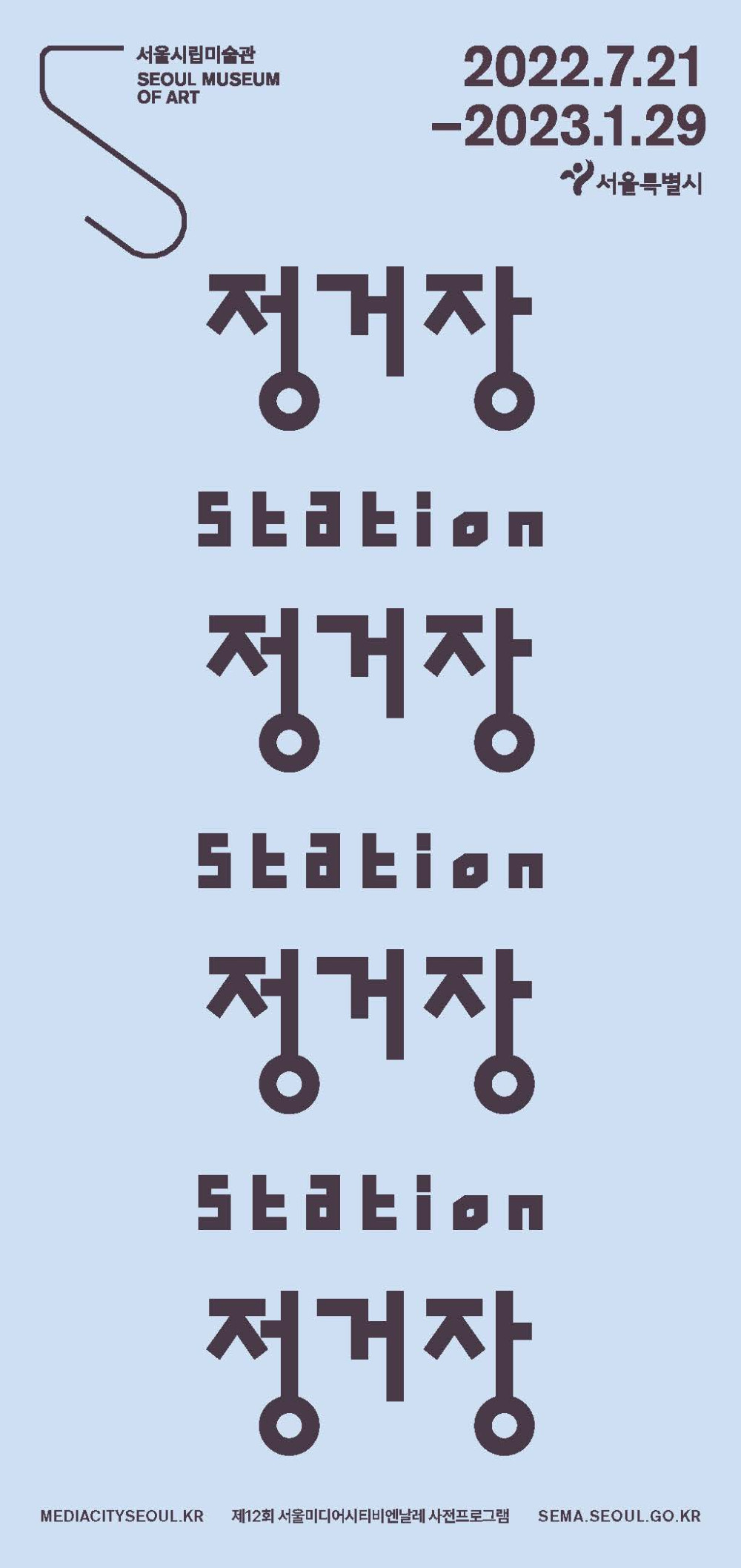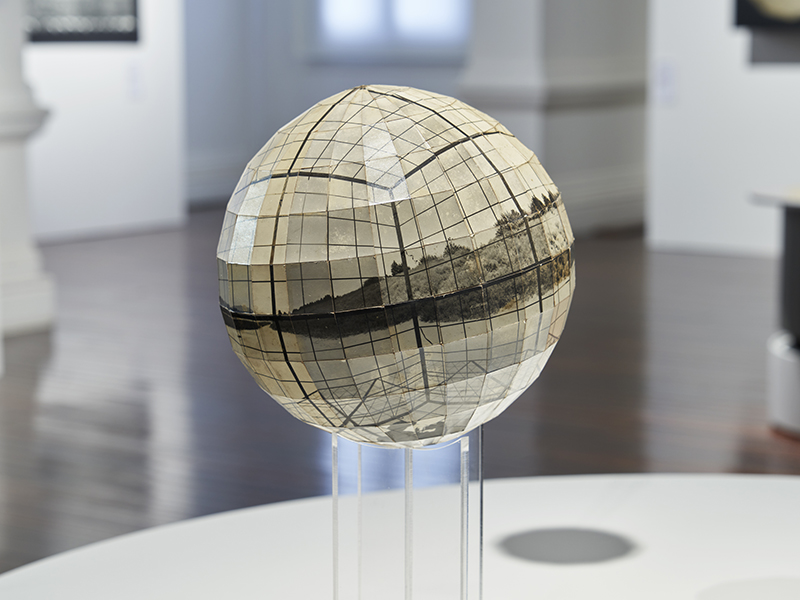
The same photograph of a jungle gym that Lee used in the 1986 version of Space and Perception wraps an entire polyhedron that resembles a spherical body. The artist claimed that any image perceived through a person’s round eyes is inherently spherical, but that the process of representing as an image in a planar format results in misinterpreting its physical characteristics—that is, registering it as a space of straight lines that originate from a single point. Throughout his experiments, Lee consistently tried to represent the round space as it is perceived by our eyes. The sphere form of the work correlates with one’s own eyes (pupils), while the straight lines that appear in the image appear as curves when seen through this spherical structure. The pieces are meant to be hung from the ceiling, with their attachment points coinciding with the artist’s position where he stood while capturing the image with a camera. Through this process of visual perception on optical projection, we recognize that such spherical spaces abound in the world around us.
